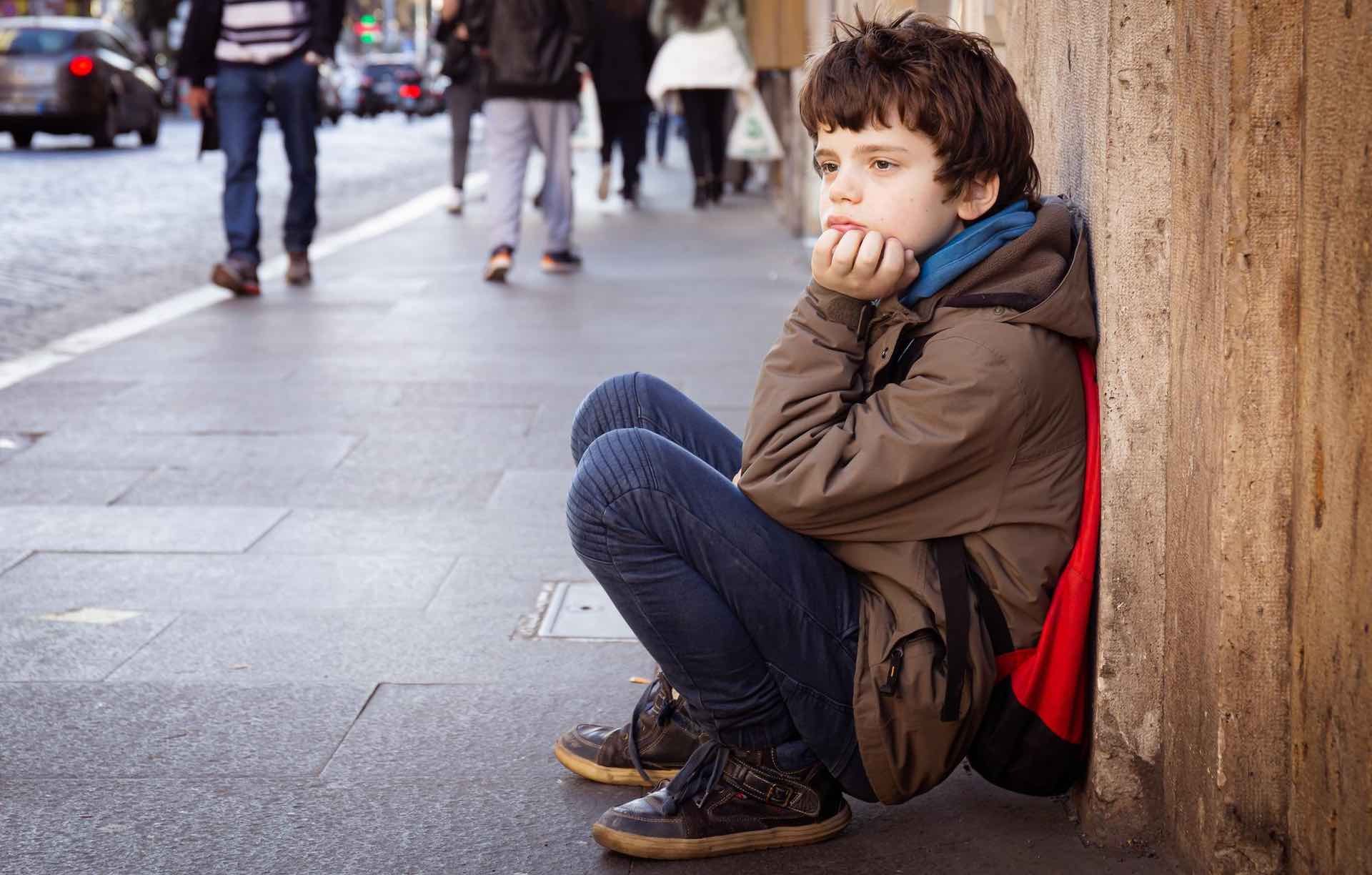Child poverty doubles as US grapples with post-COVID economy
As the US grappled with the aftermath of the COVID-19 pandemic, new data paints a bleak picture. Inflation-adjusted income witnessed a decline, while the child poverty rate more than doubled from 2021, according to the recent U.S. Census Bureau report. The U.S. economy’s tentative recovery after the pandemic experienced significant strains. The Census data points to the profound impact of the pandemic and subsequent governmental policies.

A surge in child poverty was observed post the expiration of the pandemic-era child tax credits. Moreover, inflation rates, the highest in four decades, further weakened household purchasing power. Child poverty, as per the supplemental measure considering government benefits and household expenses, rose alarmingly from 5.2% in 2021 to 12.4% in 2022. Overall, the supplemental poverty rate also climbed from 7.8% in 2021 to 12.4% in 2022, primarily driven by the end of pandemic support programs.
While family incomes struggled to cope, consumer prices soared by 7.8%, marking the largest increase since 1981. Consequently, the real median household income saw a decrease of 2.3% to $76,330, which stands around 4.7% less than 2019 figures. Such economic realities are anticipated to significantly influence the forthcoming November 2024 elections. Public sentiment seems critical, with 52% of Americans expressing dissatisfaction with President Joe Biden’s performance, primarily due to economic concerns, as per Reuters/Ipsos polling. President Biden, in response, highlighted the Republicans’ reluctance to extend the enhanced Child Tax Credit.
Despite the challenges, the US economy displayed resilience in certain sectors. The unemployment rate stands comparable to 2019 at 3.8%. Furthermore, encouraging signs include a record number of women joining the workforce and a record low poverty rate among Black Americans at 17.1%. Income patterns, however, reflect a clear disparity. While lower-income households saw an increase in median income, those with higher education experienced a decline.
Amidst these shifts, some positive indicators were observed. The US experienced its first significant drop in income inequality since 2007, with a 1.2% decline on a pre-tax basis. Nevertheless, the cessation of certain pandemic tax benefits caused after-tax income inequality to rise over 3%. Health insurance coverage also showed a positive trend, with 92.1% of Americans having insurance for some part of 2022.
